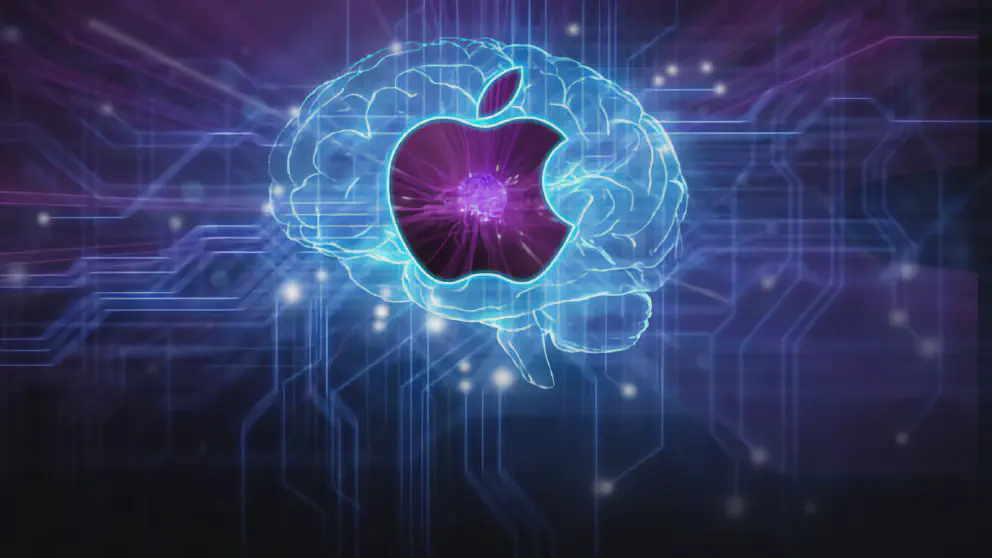The biggest tech buzzword for 2023 is Artificial Intelligence. We are bombarded by news that we are getting closer to the holy grail which is general artificial intelligence. Through keywords like transformative model, large language model, tensor matrix, and supervised machine learning we got things like Google Bard chatbot, OpenAI’s infamous ChatGPT chatbot, and Stable Diffusion image generator. One famous name that seems to be absent in all of these is Apple. Is Apple left behind in the AI race? Does it not feel a threat to its survival like Google did?
You will see that Apple is involved in AI efforts but their motivation is far different from OpenAI or Google.
Apple AI team
Apple works in complete secrecy and their AI team is no different. Unlike Google, you won’t find white papers about breakthroughs in AI which smart people would build companies around and create a buzz that bites back the original author. Apple’s AI effort was long before AI was a buzz. We were made aware in 2015 that there’s an AI team within Apple, a full two years before Apple even put a Neural Engine in any of their products.
Unfortunately, because of the top secrecy, there’s not much to be known about Apple’s AI team.
Neural Engine in Apple Silicon
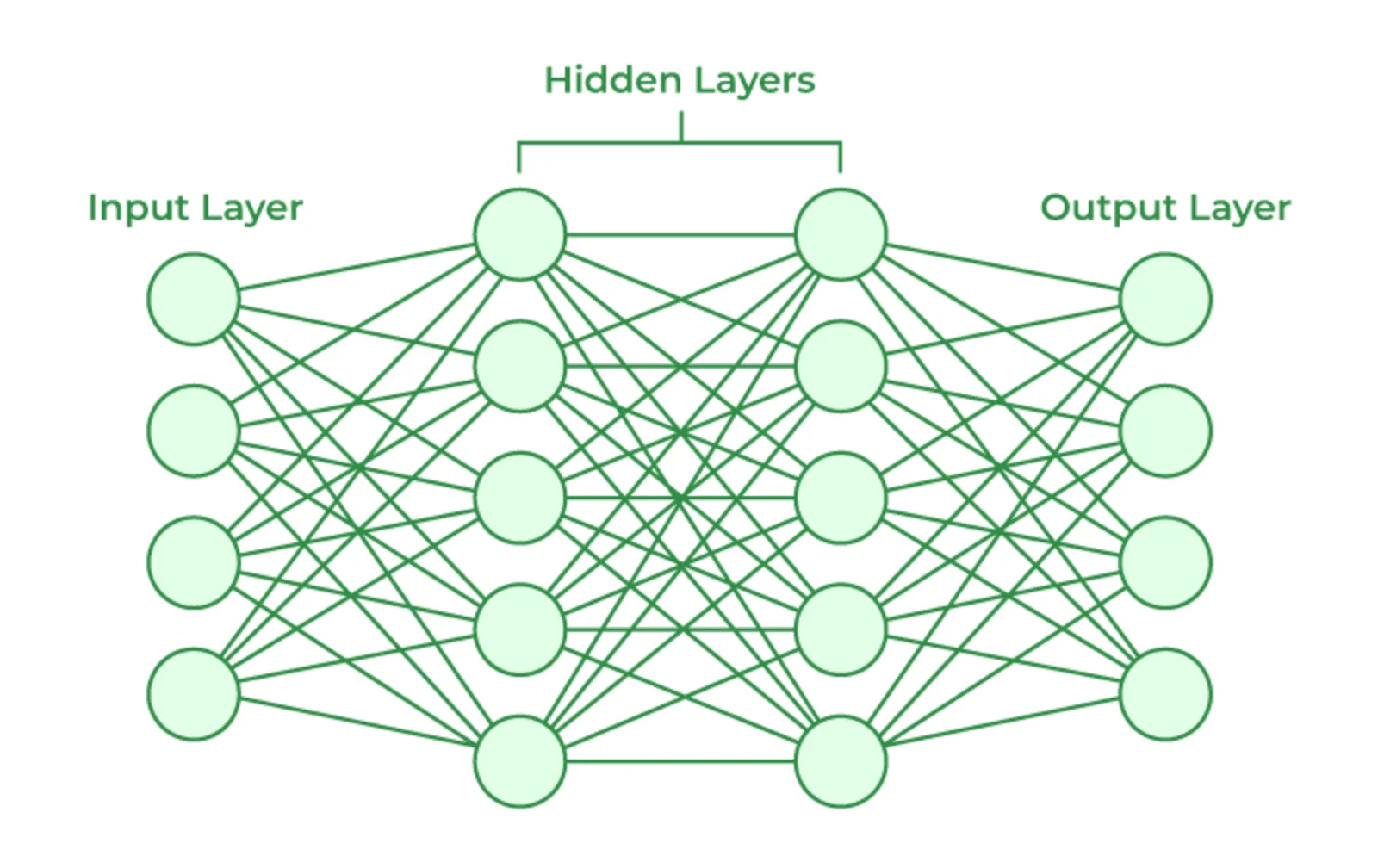
One of the first Apple products comes in the form of an A11 chip which powers the iPhone 8, iPhone 8 Plus, and the revolutionary iPhone X. The A11 SOC is the first chip that Apple put a Neural engine in one of their products. This Neural Engine is the one that helps speed up AI work, especially in object classification and pattern recognition.
The first Neural engine in the A11 chip has two cores and can do 600 billion operations per second. The latest M3 Max, which sports a 16-core Neural engine can do 18 trillion operations per second.
These neural engine forms the basis of AI features in Apple devices and makes possible AI APIs in all Apple products.
Back-End Software from Apple
There’s the hardware to process AI tasks, but there are also some APIs that utilize that neural engine. Apple makes some handy APIs to take advantage of the neural core so 3rd party developers can create AI-enabled apps that run right on Apple devices.
CoreML library, which is a part of Apple’s suite of APIs that ships in every Apple device is key to developing AI-enable features. One of the outstanding features of Apple’s approach to AI is that it is network-independent, so you don’t need the internet to use the feature, just your iPhone.
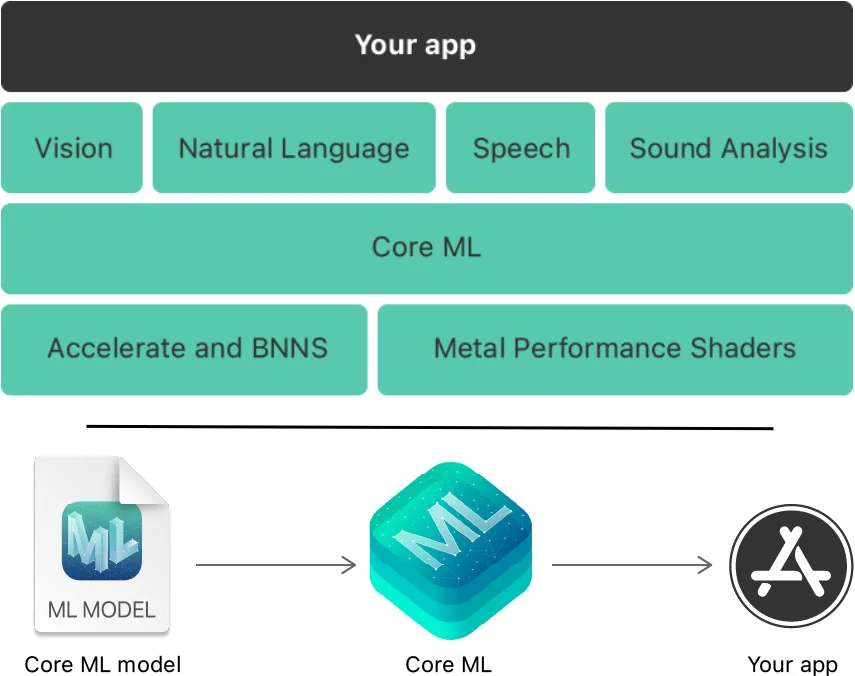
Handwriting, Face, Voice, and Object recognition
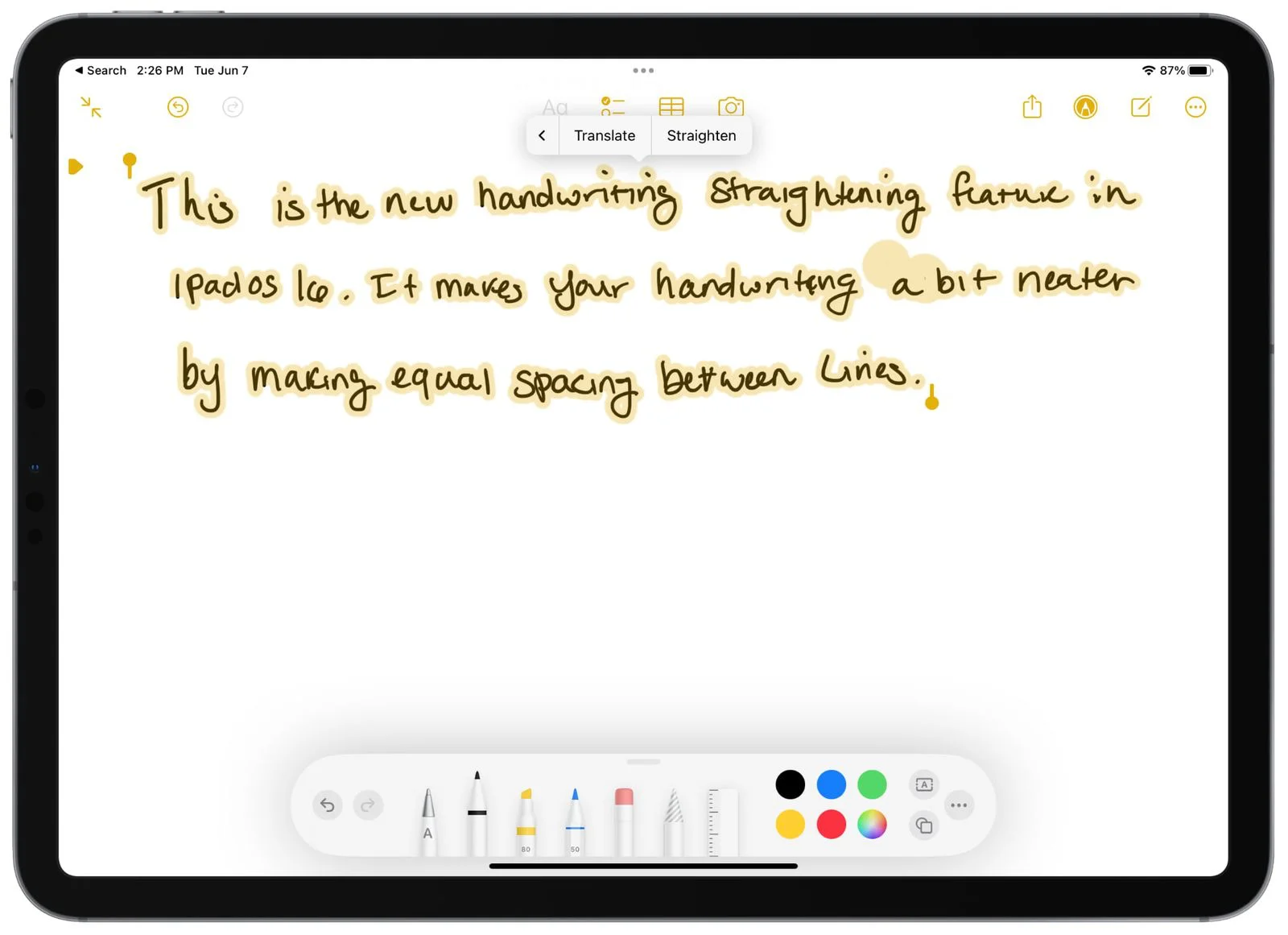

Using CoreML you can have a wealth of pattern recognition features on iPhones, iPads, and Macs. These features include hand-writing recognition, face recognition which makes up the FaceID feature, object recognition which you can select a particular object in an image, and voice pattern analysis which makes a better voice dictation.
Camera
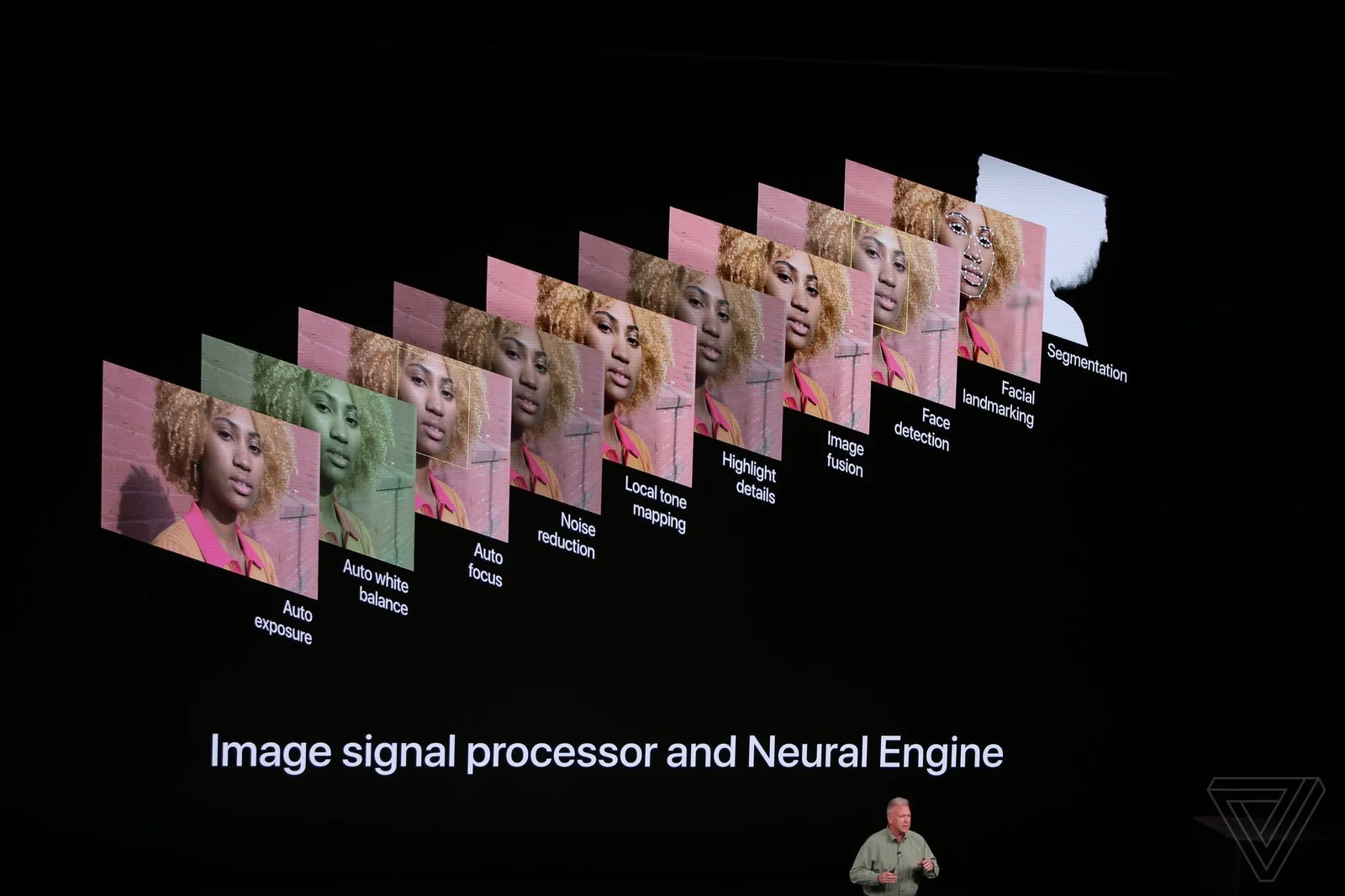
Camera is where Apple has a lot of AI features enabled but it is invisible to the user. For one, there’s computational photography, which means that you not only take a picture using your iPhone, but you point at something and Apple intelligently adjusts all the settings so it comes out the best photos that come from a thumbnail-size sensor.
We have things like scene detection, depth data integration, photo styles, face recognition so we can focus on that, object and animal recognition so we can focus on that too, and many more.
Siri

Siri is one of the earliest digital assistants that come to the market. Alas, Apple did squander those advantage, and their competitors like Amazon Alexa and Google Assistant is arguably the better choice.
Behind the scenes, Apple did employ some AI trickery to make Siri better like voice to text, knowing the context of the command. One example is Apple buying Shazam, a company that does song recognition and integrates it into Siri.
Conclusion
Apple doesn’t “sell” AI like other tech companies do. However, they extensively use AI to solve problems like pattern and object recognition. These efforts are what bring polish to every software and are quite important. The most important bit is that is available to Apple developers to put in 3rd party software.
Plug
Support this free website by visiting my Amazon affiliate links. Any purchase you make will give me a cut without any extra cost to you
Prices are correct at time of publishing. Please get the final price at Amazon.
| Item | Price |
|---|---|
| Mac Mini M2 - Best desktop in the world | |
| Apple iPad (10th Generation) Wi-Fi 64GB | |
| 2020 Apple MacBook Air Laptop: Apple M1 Chip | |
| Apple 2023 MacBook Air Laptop with M2 chip | |
| Beats Studio Pro headphones | |
| Apple AirPods Pro (2nd Generation) | |
| Apple AirPods (2nd Generation) | |
| Apple AirTag 4 Pack | |
| Apple Watch SE (2nd Gen) | |
| Bose QuietComfort Earbuds II | |
| Sony-INZONE H9 Wireless Noise Canceling Gaming Headset | |
| Sony WH-1000XM5 | |
| Dyson V12 Detect Slim Cordless Vacuum Cleaner | |
| Breville the Barista Pro Espresso Machine | |
